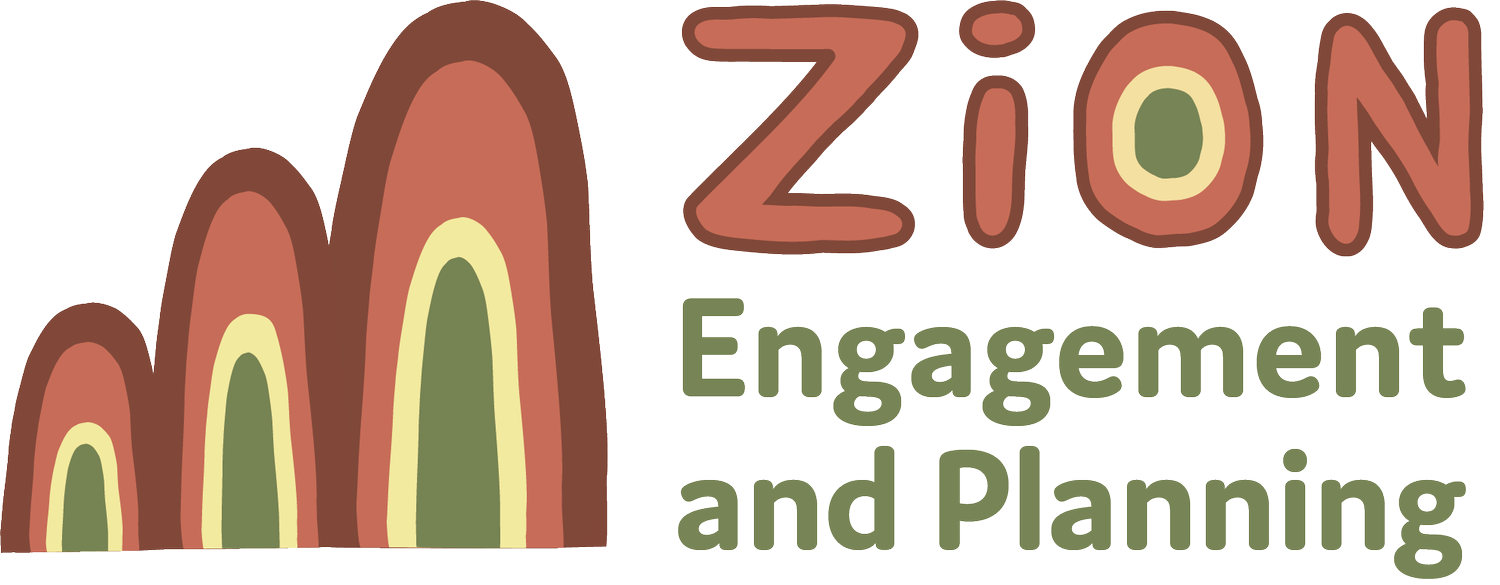Returning to old ways of housing
Kinship and Country obligations for mob resulted in bands, or groups of families living together and sharing everyday life, prior to colonisation.
Camps were clustered together based on relational ties and links to Country and when seen from a bird’s eye view, the layout of the living places would have reflected a social map.
Mob had intricate ways of living that directed behaviours and relational connections, all governed by complex Lore. Seasonal camps between the mountains and the coast meant we had a light touch on Country and allowed her to replenish and regenerate before returning. Living places were chosen with purpose as we knew what parts of Country were good for all types of uses.
We did not wander aimlessly as some might think. We were the first planners and land-use managers and therefore retain a lot of knowledge to share on how to live in harmony with Country. As a town planner, this is something that motivates me every day in my work, knowing that if we come good way (with right intent to yarn) and build solid relationships we can access deep time knowledge and wisdom. However, I wonder if white fellas are not only ready to listen, but courageous enough to respond?
On Friday 17 June I was grateful to attend a housing forum hosted by Byron Shire Council. I found the yarn both inspiring and challenging. It made me reflect on the sheer impact of colonisation, planning systems and the individualism that has driven us to this current predicament. No longer is consideration of others and the environment at the forefront of minds, but rather, how to make a dollar and harness development policies for financial gains. Sadly, this has driven black fellas off Country at alarming rates, and is starting to be coined as the second wave of dispossession for First Nations people.
It was heartening to hear our Deputy Mayor, Sarah Ndiaye almost moved to tears as she acknowledged our responsibility to ensure Bundjalung people have homes on Country.
I was also proud that my esteemed colleague from the University of Sydney, Nicole Gurran, suggested an Aboriginal Housing Program as the first big idea from the experts. A sense of hope stirred within me that two non-First Nations people would be advocating for an issue so close to my heart.
As the day unfolded, I couldn’t help but notice that every ‘big idea’ could be centred around First Nations knowledges. I could actively draw links to investigating housing typologies and appropriate planning controls, assessing community needs, building a demonstration village, considering tenure and financing models, building partnerships and support for a mosaic of villages. It made me ponder that ironically, without overtly acknowledging it, we are actively trying to return to mobs’ way of living on Country.
In my work, which is focused on empowering First Nations voices in planning and development, I am witnessing a rise in situations where professionals are dressing up old knowledge and applying fancy terminology. People want to be seen as leading the way in environmental and social sustainability, when really, they are attempting to tap into First Nations thinking but without seeking the leadership of people with the knowledge and connection to this land that spans thousands of years.
I am hopeful for a future where we give credit where credit is due. A future where we achieve housing outcomes that reflect old ways of living; in community and sharing our daily lives with others. Reigniting the practice of negotiating spaces and choices with other humans, truly embracing connection and a shared sense of being on this planet. Having lived on my own for the last six months this is also a personal call to action for myself. I am grateful to be sharing my space with some flood-affected friends and the opportunity it has given me to reflect on communal living. I am filled with fresh motivation to create a liveable space for my dad and his partner so that I can truly embrace old ways of housing.
Author: Belle Budden
The Echo Newspaper 2022

